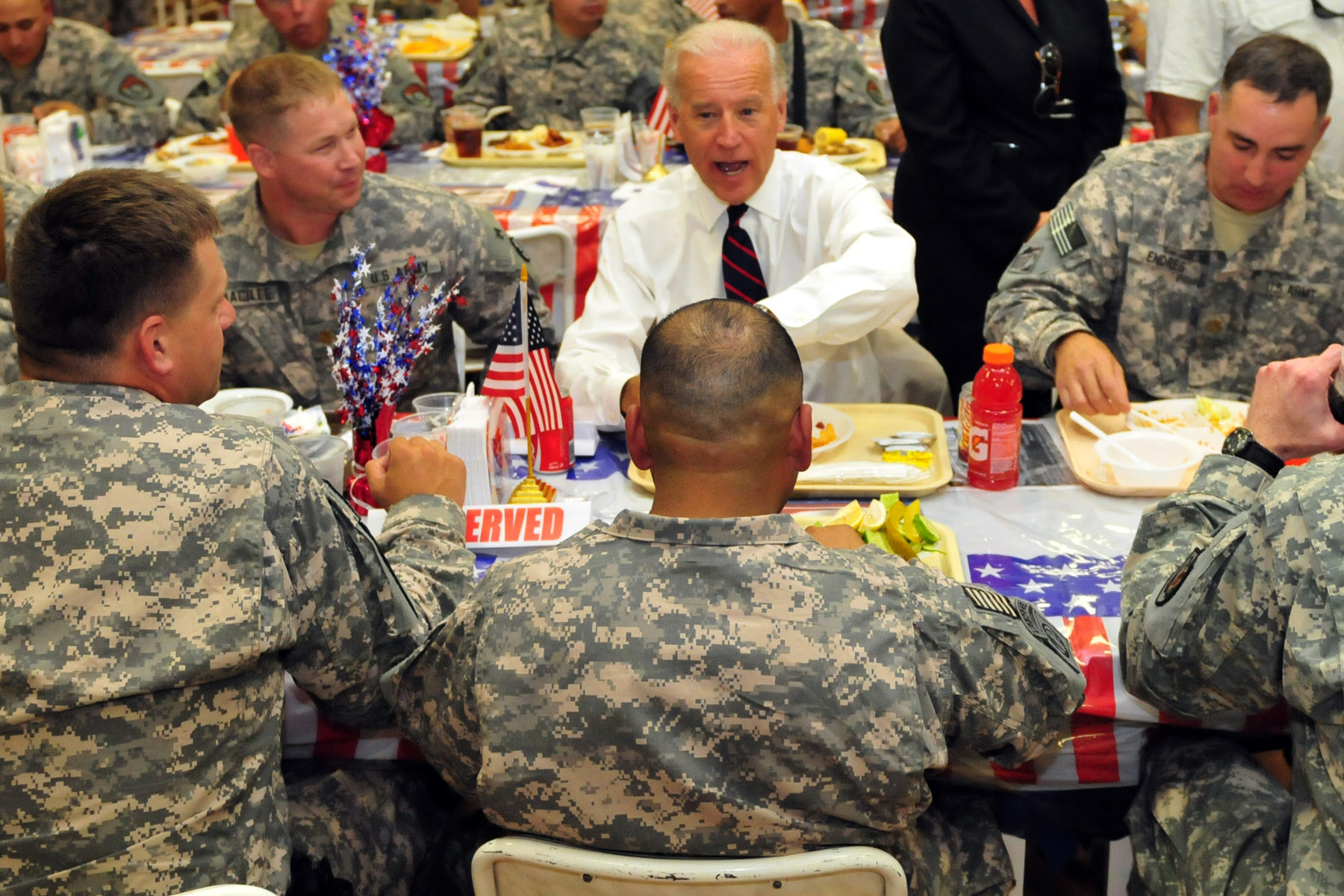Electing Joe Biden is not enough to ensure a saner and less belligerent foreign policy.
by Medea Benjamin, Nicolas J S Davies
The Progressive
Feb 12, 2021 - The failure of the United States to respond effectively to a global pandemic is a predictable result of a political and economic system in which the health and other unmet needs of poor, working Americans always take a back seat to militaristic priorities. As Martin Luther King Jr. lamented in 1967, “I knew that America would never invest the necessary funds or energies in rehabilitation of its poor so long as Vietnam continued to draw men and skills and money like some demonic, destructive suction tube.”
On the first day of 2021, the Senate joined the House in voting to override President Donald Trump’s veto of a $740 billion military spending bill to pay for “counterterrorism” wars that rage on despite Trump’s promises to end them. The veto override, the first in Trump’s presidency, allows for continued expansion of a war machine that the Trump Administration quietly but explicitly repurposed for a “new” Cold War and arms race against Russia and China.
We must confront the urgent need for a truly fresh look at the whole range of destructive policies the United States has pursued around the world for decades.
Like Trump in 2016, nearly all of the 2020 Democratic candidates for President made vague promises to end the nation’s “endless” wars. President Biden was not the most hawkish member of Obama’s Cabinet—that distinction belongs to Hillary Clinton. But the militarized “counterterrorism” policy that Biden explicitly supported is precisely what keeps these conflicts raging.
U.S. “counterterrorism strategy” relies on airstrikes, special operations forces, and the use of proxy forces to wage bloody wars with a minimum of politically sensitive U.S. casualties. What U.S. military strategists have called a “disguised, quiet, media-free approach” to war keeps these conflicts out-of-sight and out-of-mind of the American public.
Biden opposed Obama’s 2009 troop surge in Afghanistan, but after the surge failed, Obama reverted to the policy that Biden favored to begin with, which became the hallmark of their broader global war policy. In insider circles, this was referred to as “counterterrorism,” as opposed to “counterinsurgency.”
In Afghanistan, that meant abandoning large-scale deployments of U.S. forces and relying on air strikes, drone strikes, and “kill or capture” raids, while recruiting and training Afghan forces to do nearly all the ground fighting.
In the 2011 Libya intervention, the NATO-Arab monarchist coalition used a combination of proxy forces and airstrikes. They quietly embedded hundreds of Qatari special operations forces and Western mercenaries with the Libyan rebels to call in NATO airstrikes and train local militias, including Islamist groups with links to Al Qaeda. Ten years later, the forces NATO unleashed are still fighting over the spoils. ...Read More

